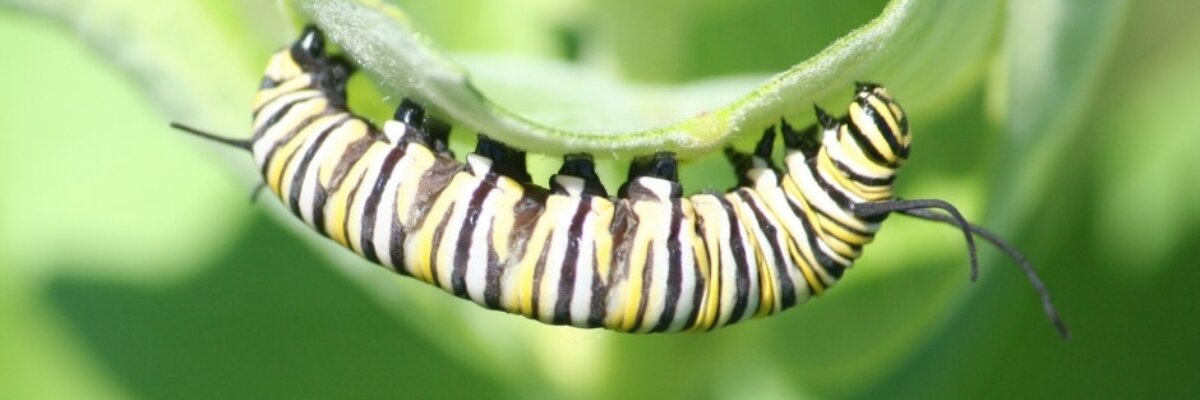
I thought monarchs were migratory, so why am I seeing monarch caterpillars during the winter?
There is a small non-migratory population of monarchs in southern Florida, but the vast majority of eastern and western monarch populations do undergo a long-distance migration to their overwintering grounds. Overwintering monarchs are typically in a state of reproductive diapause (delayed reproductive maturity) and become reproductive in early spring as they prepare for the return journey to their breeding grounds.
However, some monarchs skip the traditional long-distance migration. In parts of the southern U.S. and California, the year-round persistence of milkweed in good condition, typically the non-native tropical milkweed (Asclepias curassavica), allows monarchs to breed throughout the winter, as indicated by community science observations of eggs and larvae during winter months. Scientists don't know exactly what causes monarchs to be reproductive and to forego their long-distance migration. It could be exposure to the tropical milkweed, or some other factor, perhaps warmer conditions or even poor physiological condition in the monarchs themselves.
While we don't know why they stay, we do know that year-round tropical milkweed patches, and the year-round breeding that they allow, foster greater transmission of the protozoan Ophryocystis elektroscirrha (OE). Therefore, we recommend that tropical milkweed should be cut back in the winter and fall months in the southern U.S. and California, and should be gradually replaced with native milkweeds as they become available.
Researchers at the University of Georgia, through Project Monarch Health, have been working with community science volunteers to document OE trends in monarch populations, with a focus on how winter breeding behavior impacts disease prevalence. For more information on the parasite and how to participate in this research, visit the project website (www.monarchparasites.org). Learn more about the potential risks of growing exotic milkweeds for monarchs on this MJV handout or Expert Q&A.
